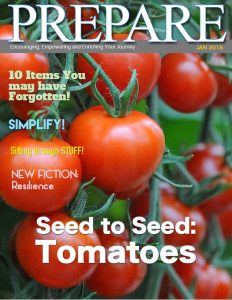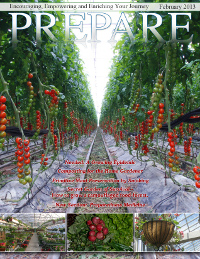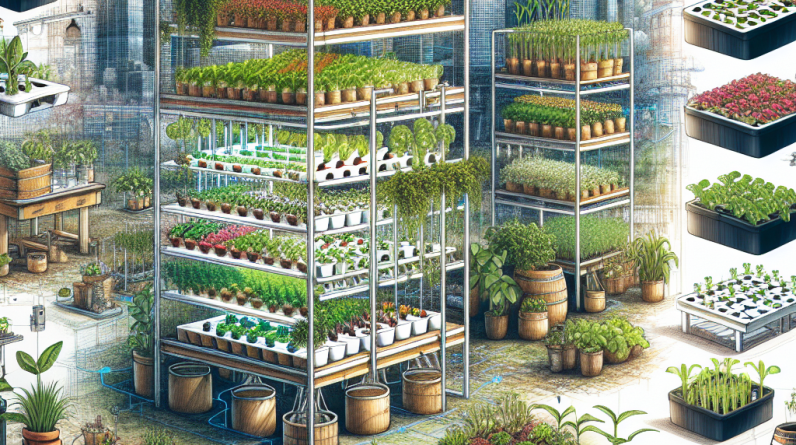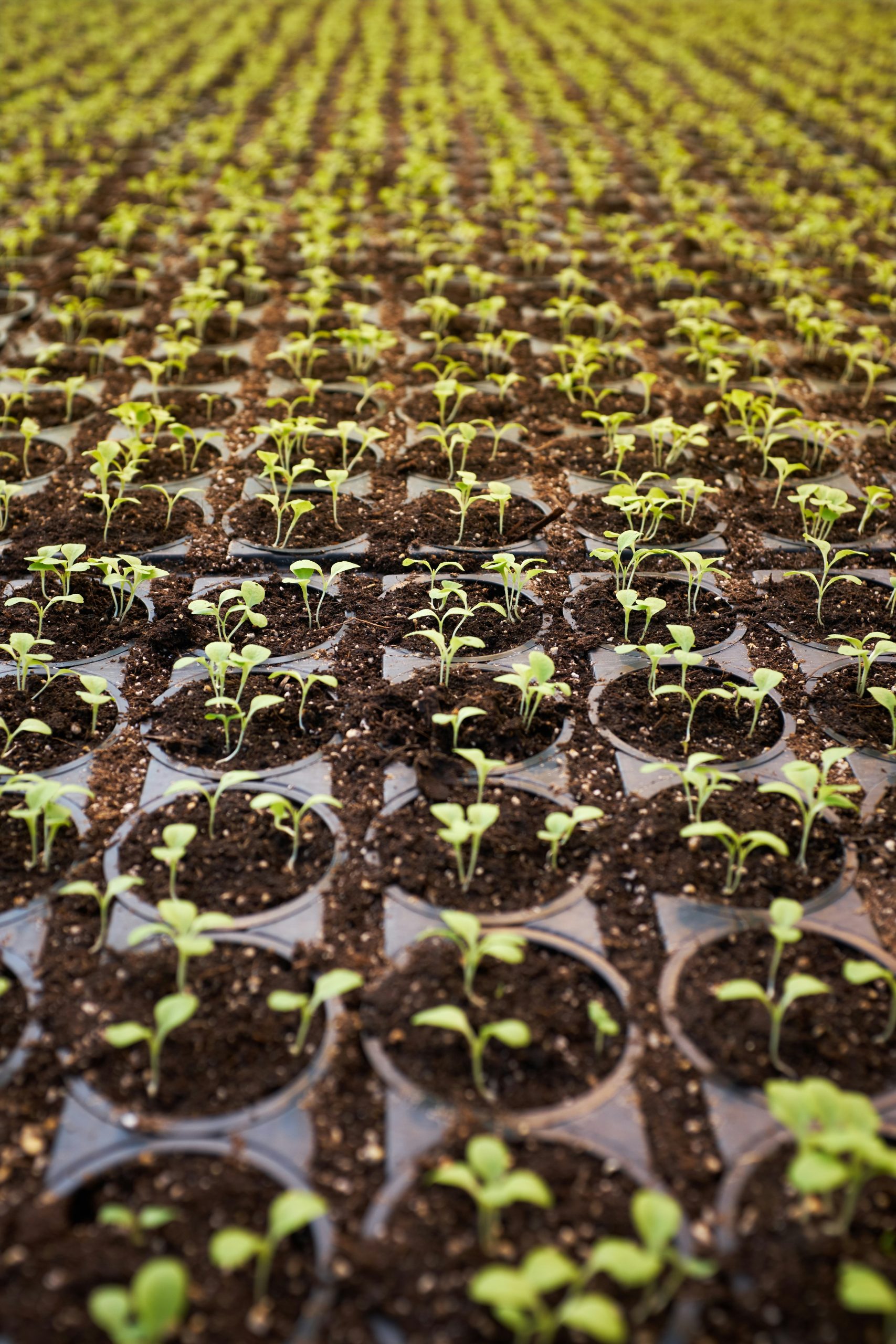
Imagine a life where you control your food source, free from the unpredictability of weather or soil conditions. Welcome to the world of hydroponic gardening, a revolutionary approach to self-reliant living.
This innovative system allows you to cultivate a wide array of fruits, vegetables, and herbs, right in the comfort of your own home. No longer are you at the mercy of fluctuating market prices or the fear of food contamination.
Join us as we delve deeper into the world of hydroponics. We’ll explore the nuts and bolts of setting up your own system, the immense benefits it offers, and how you can truly achieve self-reliance through this modern farming technique.
Welcome to a new era of sustainable living – one that promises health, independence, and the satisfaction of growing your own food. Dive into the fascinating world of hydroponic gardening and discover a life of self-reliance today.
What is Hydroponic Gardening?
Hydroponic gardening, a cornerstone of self-reliant living, is a method of growing plants without soil. Instead, nutrient-rich water is used, providing plants with the essential minerals they need to thrive. This innovative gardening technique allows individuals to grow their food in a controlled environment, irrespective of climate or soil quality. It’s an excellent solution for urban dwellers lacking garden space, promoting sustainability and reducing reliance on commercially grown produce.
One key benefit of hydroponic gardening is its water efficiency; it uses up to 90% less water than traditional soil gardening. Additionally, plants grown hydroponically mature faster and yield more crops, further enhancing its appeal for those seeking a self-sustainable lifestyle.
In a hydroponic system, plants are often arranged in a tiered structure, maximizing space efficiency. The nutrient solution is circulated around the roots, ensuring each plant receives an equal share of nutrients. This eliminates the competition for nutrients often seen in soil-based gardening, leading to healthier, more vigorous plants.
With the right setup, hydroponic gardening can be a year-round endeavor, providing a constant supply of fresh produce. It’s an empowering tool for self-reliance, allowing individuals to control their food source, reduce their environmental impact, and enjoy the fruits of their labor.
How to Start a Hydroponic Garden?
 Starting a hydroponic garden is a key step towards self-reliant living. You’ll need a hydroponic system, seeds, nutrient solution, and light source to begin.
Starting a hydroponic garden is a key step towards self-reliant living. You’ll need a hydroponic system, seeds, nutrient solution, and light source to begin.
Firstly, choose a hydroponic system suitable for your space. It could range from a simple Wick System to a more complex Nutrient Film Technique (NFT).
Secondly, select seeds or plants. Leafy greens and herbs generally do well in hydroponic systems.
Next, prepare your nutrient solution. This solution, rich in essential minerals, replaces soil in a hydroponic setup.
Lastly, ensure you have adequate light, critical for plant photosynthesis. Natural light is excellent, but in its absence, artificial grow lights work well.
Remember to maintain the right pH level in your system for optimal growth. Regularly check the nutrient solution’s pH level, aiming for a range between 5.5 and 6.5.
Hydroponic gardening is a sustainable, efficient way of growing plants. It uses less space and water than traditional gardening, and eliminates the need for soil. It’s an excellent method for urban dwellers seeking to embrace self-reliant living.
Starting a hydroponic garden might seem daunting, but with careful planning and maintenance, it can become a rewarding part of your journey towards self-sustainability. This method of gardening is a testament to the innovative ways we can adapt our lifestyles to be more self-reliant and environmentally conscious.
Benefits of Hydroponic Gardening
Hydroponic gardening systems are rapidly gaining popularity, especially among those seeking a self-reliant lifestyle. This innovative method of cultivation allows you to grow plants without soil, using mineral nutrient solutions in water instead. The benefits of this system are manifold, one of the most significant being the ability to grow food all year round, irrespective of external weather conditions.
This form of gardening is highly efficient, with studies showing that hydroponic systems use up to 90% less water than traditional soil-based gardening. The plants grow faster and yield more, making it an ideal choice for those looking to be self-sufficient.
In a hydroponic system, you have complete control over the nutrient levels, ensuring your plants get exactly what they need for optimal growth. This eliminates the guesswork and the risk of soil-borne diseases.
Moreover, hydroponic gardening is highly scalable. Whether you want to start with a small indoor setup or scale up to a large outdoor garden, the choice is yours. This flexibility makes it a perfect fit for urban dwellers with limited space.
Adopting hydroponic gardening is not just about self-reliance; it’s also an eco-friendly choice. By using less water and avoiding harmful pesticides, you’re contributing to a sustainable future.
In the journey towards self-reliant living, hydroponic gardening plays a pivotal role. It’s an efficient, sustainable, and rewarding way to grow your own food, offering a sense of accomplishment that comes with self-sufficiency.
Challenges in Hydroponic Gardening
Hydroponic gardening, a pillar of self-reliant living, presents unique challenges. One of the most common is maintaining ideal nutrient levels. Unlike traditional soil gardening, hydroponics requires careful monitoring of nutrient solutions to ensure plants receive adequate nourishment.
Another challenge is the potential for system failure. Hydroponic systems rely heavily on technology, and a simple power outage can disrupt the system, possibly leading to plant loss. Therefore, it’s crucial to have a backup plan in place to prevent such mishaps.
Additionally, hydroponic gardening demands a significant initial investment. From purchasing the gardening system to ongoing costs such as electricity and nutrients, the financial commitment can be daunting.
Lastly, the learning curve for hydroponic gardening can be steep. Understanding the intricacies of the system and the needs of the plants can take time and patience.
Despite these challenges, the benefits of hydroponic gardening, such as year-round growth and reduced water usage, make it a viable option for those seeking a self-reliant lifestyle. By overcoming these obstacles, one can enjoy fresh produce at home, reducing reliance on grocery stores and contributing to a sustainable lifestyle.
Essential Equipment for Hydroponic Gardening
 The journey towards self-reliant living starts with understanding the key components of a hydroponic gardening system. A vital part of this system is the hydroponic reservoir, which houses the nutrient solution that feeds your plants. This reservoir should be sturdy, opaque, and large enough to accommodate your plants’ growth.
The journey towards self-reliant living starts with understanding the key components of a hydroponic gardening system. A vital part of this system is the hydroponic reservoir, which houses the nutrient solution that feeds your plants. This reservoir should be sturdy, opaque, and large enough to accommodate your plants’ growth.
Next comes the growing medium. Unlike traditional soil, hydroponic mediums are inert substances that provide plant roots with physical support. Examples include Rockwool, clay pebbles, and coconut coir, each offering unique benefits for different plant types.
Hydroponic nutrients are another essential. These are specially formulated fertilizers that provide plants with all the necessary macro and micronutrients they need to thrive. Remember, in a hydroponic system, plants rely entirely on these nutrients for survival.
Grow lights play a crucial role in indoor hydroponics, replicating the sun’s spectrum to fuel photosynthesis. LED lights are a popular choice due to their efficiency and longevity.
Lastly, a pH testing kit is indispensable. Maintaining the correct pH level in your nutrient solution ensures optimal nutrient absorption, leading to healthy, robust plants.
By investing in these essential hydroponic equipment, you can create a thriving indoor garden, taking a significant step towards a self-reliant lifestyle.
How Hydroponics Promotes Self-Reliance?
Hydroponic gardening systems are a cornerstone of self-reliant living, offering a sustainable method of growing food at home. This innovative approach to agriculture allows for the cultivation of plants without soil, using mineral nutrient solutions in water instead. This means that you can grow your own food, regardless of the quality of the soil in your area.
Hydroponics systems are compact and can be set up in small spaces, making them perfect for urban dwellers who want to practice self-reliance. You can grow a variety of plants in these systems, from leafy greens to fruits and herbs, providing a steady supply of fresh produce year-round.
Self-reliance is not just about survival; it’s about knowing where your food comes from and having control over your resources. With hydroponics, you can monitor and adjust the conditions your plants grow in, ensuring they are free from harmful pesticides and chemicals. This not only leads to healthier, tastier food but also contributes to a cleaner environment.
Furthermore, hydroponics systems are water-efficient, using up to 90% less water than traditional gardening methods. This makes them a responsible choice for those aiming to live sustainably.
In the quest for self-reliance, hydroponics offers a practical, eco-friendly solution that encourages healthier living and greater independence. By harnessing the power of this innovative gardening system, you can take a significant step towards a more self-reliant lifestyle.
Difference Between Hydroponics and Traditional Gardening
When it comes to self-reliant living, the choice between hydroponics and traditional gardening can drastically impact your lifestyle. Hydroponics, a method of growing plants without soil, instead uses mineral nutrient solutions in a water solvent. This allows for a controlled environment, making it ideal for indoor gardening. With this system, you’re not at the mercy of weather conditions or soil-borne diseases, promoting a more stable and reliable yield.
On the other hand, traditional gardening involves growing plants in soil, under the sun, and in the open air. While this method is more natural and familiar to many, it’s also more susceptible to variable conditions such as weather changes, pests, and diseases.
In terms of efficiency, hydroponics takes the lead. It uses 90% less water than soil-based gardening, significantly reducing the resources needed for plant growth. This is a huge advantage for those striving for self-sufficiency and conservation.
However, traditional gardening offers benefits too. It can be therapeutic, allowing you to connect with nature, and it’s often seen as more rewarding due to the manual labor involved.
The choice between hydroponics and traditional gardening ultimately depends on your personal goals and circumstances. Whether you’re aiming for maximum yield, resource efficiency, or a more natural experience, each method offers unique advantages.
Can Hydroponics be Organic?
Hydroponic gardening systems, a method of cultivating plants without soil, have been gaining popularity in the realm of self-reliant living. One question that often arises is whether hydroponics can be considered organic. The answer is not straightforward, largely due to the varying definitions of ‘organic’ across different regions and organizations.
In hydroponics, plants are grown in nutrient-rich water solutions, which can be derived from organic sources. This method eliminates the need for soil, making it a sustainable and efficient way of growing food, especially in urban environments where space is limited. However, some argue that organic farming should involve soil, as it contributes to the biodiversity and health of the ecosystem.
Despite this debate, many hydroponic growers are committed to using organic nutrients and methods. For example, they might use:
- Organic fish emulsion for nutrients
- Compost teas to introduce beneficial bacteria
- Neem oil as a natural pesticide
These practices align with the principles of organic farming – avoiding synthetic inputs, promoting biodiversity, and minimizing environmental impact. As such, while the ‘organic’ label may not universally apply to hydroponics, the spirit of organic farming can certainly be embodied in hydroponic systems. This makes hydroponics a viable option for those seeking a sustainable, self-reliant lifestyle.
Conclusion: Embracing Self-Reliance through Hydroponic Gardening
In this enlightening journey through hydroponic gardening, we’ve explored its definition, setup process, benefits, and challenges. We’ve also looked at the essential equipment needed and how hydroponics promotes self-reliance. The comparison between hydroponics and traditional gardening provided a clear perspective on its efficiency, and the possibility of organic hydroponics was also discussed.
This innovative gardening method is not just a trend, but a sustainable solution for self-reliant living. It’s a testament to human ingenuity, allowing us to grow crops in spaces and conditions that traditional gardening cannot accommodate. Despite the challenges, the benefits of hydroponics, such as higher yield and water efficiency, make it a worthwhile endeavor.
As we move forward, the importance of self-reliance and sustainable living will only grow. Hydroponic gardening stands at the forefront of this movement. So, equip yourself with the right knowledge and tools, and step into the future of gardening. Remember, the journey may be challenging, but the rewards are plentiful. Embrace hydroponics, and cultivate a self-reliant lifestyle.







